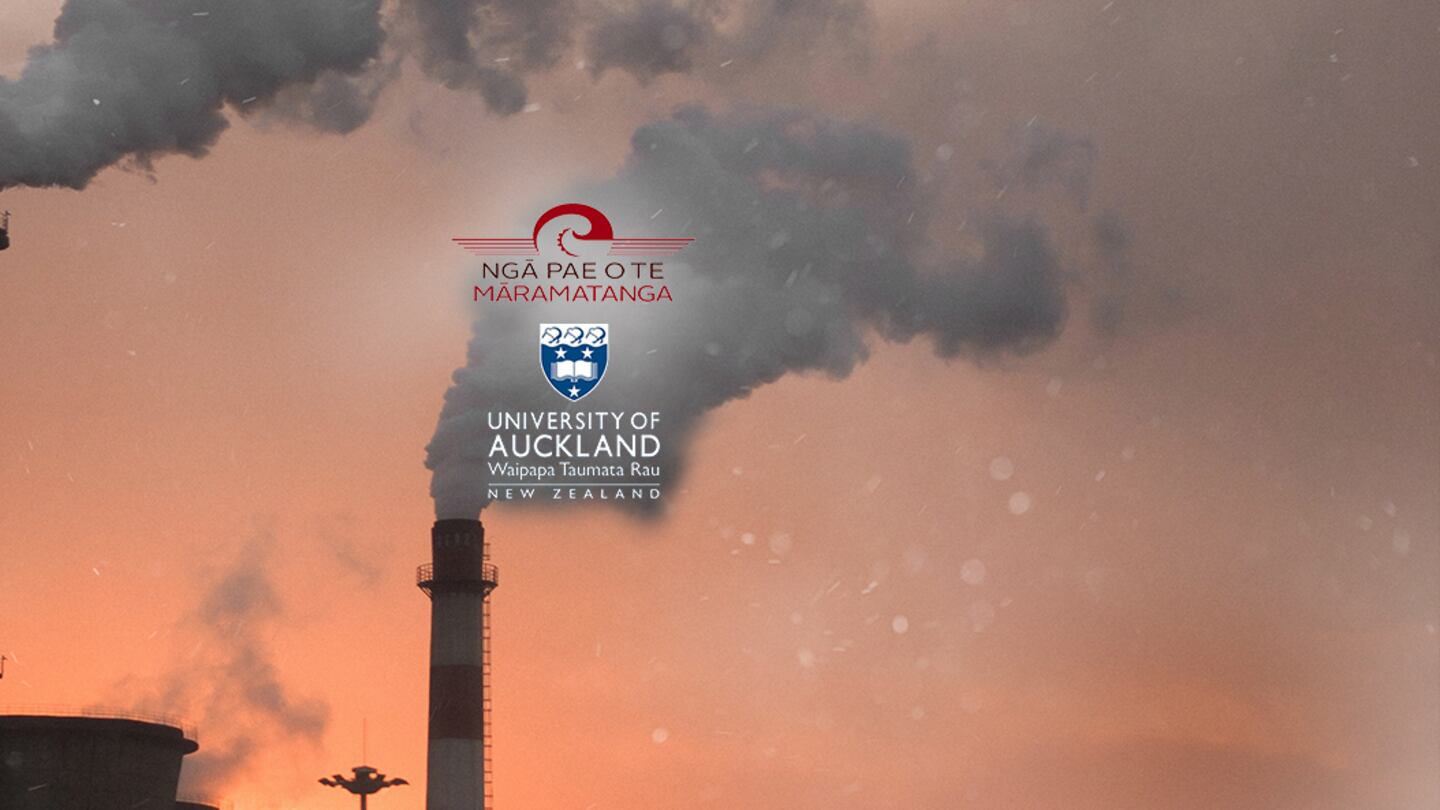Indigenous voices are needed more than ever in the search for solutions to the climate change challenge, according to Dr Shaun Awatere, who believes indigenous researchers are that voice.
Many of those researchers will gather online next week as the International Indigenous Climate Research Summit begins in Auckland. Awatere (Ngāti Porou) says it’s a chance for indigenous experts from around the globe to learn and share solutions to lessen the impacts of the changing climate on indigenous communities.
“You just need to see what’s happening in Aotearoa this year to see how devastating extreme weather events have been on our communities. These communities and whānau are often the ones that are the most isolated and the most marginalised.
“Indigenous researchers can play a really important part in terms of amplifying the voices of those who are impacted so that their views and experiences can be factored into any solutions that are designed.”
Awatere, a senior researcher at Manaaki Whenua Landcare Research, assists iwi, hapū and whānau Māori plan for climate change mitigation or climate adaptation.
Facing the brutal reality
Some of the kaikōrero at the summit will talk about their experiences dealing with indigenous communities having to face the brutal reality of what mitigation or adaptation means.
“What that potentially means and what some of the solutions that some of the researchers are going to be talking about is what happens when you might have to shift the marae, what happens when you might have to shift the papakāinga, what happens when you might have to shift that over?”
While the effects of Cyclone Gabrielle earlier this year are firm in the memory, he also warns of the devastation an El Niño weather system that can trigger droughts can have on whānau.
“That will have implications for whānau who have limited accessibility to potable water or storageable water. Think of areas like Te Tai Tokerau and Te Tai Rāwhiti and other potentially dry areas during an El Niño weather event - there could be issues around accessibility to water.”
The implications are not limited purely to the environment, Awatere says. The effects of a hot, dry summer can be devastating for whānau with serious health issues, which also affects a greater number of Māori.
“Extreme heat is going to have potentially significant impacts on our whānau who might be a bit māuiui and experience non-communicable diseases like heart disease and kidney disease because their bodies aren’t set up to regulate those higher temperatures. So there are significant impacts for financings of health impacts.”
More connected to the taiao
The week-long summit will draw together perspectives from global indigenous climate experts, who Awatere sees as ultimately sharing the same values.
“What an indigenous perspective can bring is some of that more long-term, intergenerational thinking at the same time. An indigenous approach can also bring a lens to the conversation over how we address climate change that’s more connected to the taiao, connected to the natural environment that’s based on those ethics and principles of whakapapa, connectivity between people and the environment.
“The other important point to note is that this indigenous perspective is more of a collective approach where communities are looking at solutions, rather than having a focus on letting the market decide or self-interest decide what is the best option to take.”
The summit will include speakers from Aotearoa, Australia, Kenya, Nigeria, Madagascar, Taiwan, Indonesia, Pakistan, the Philippines, Hawai’i, the USA and Finland.



